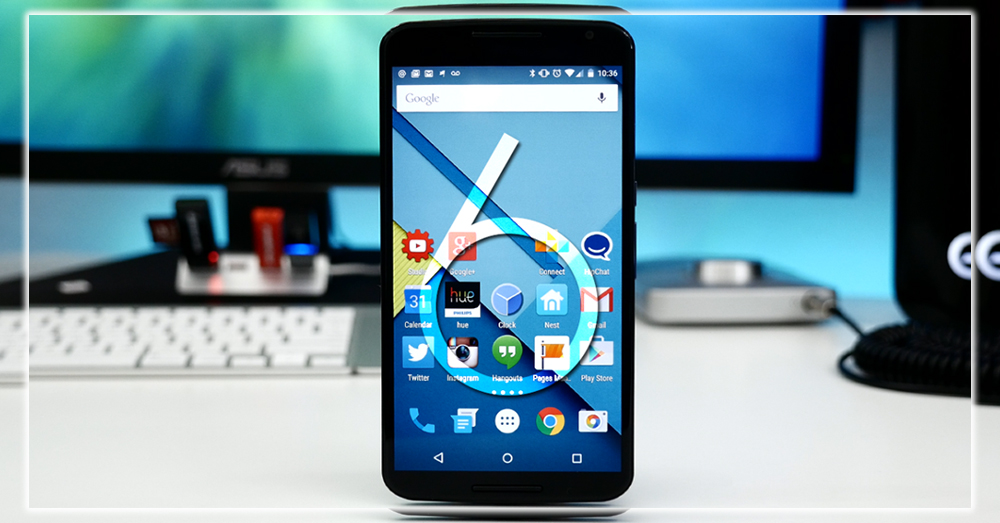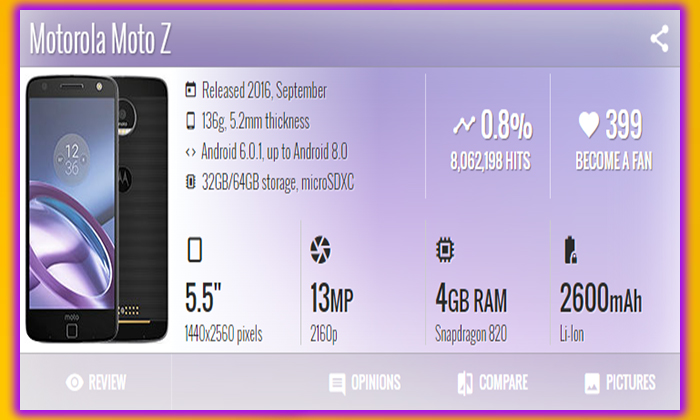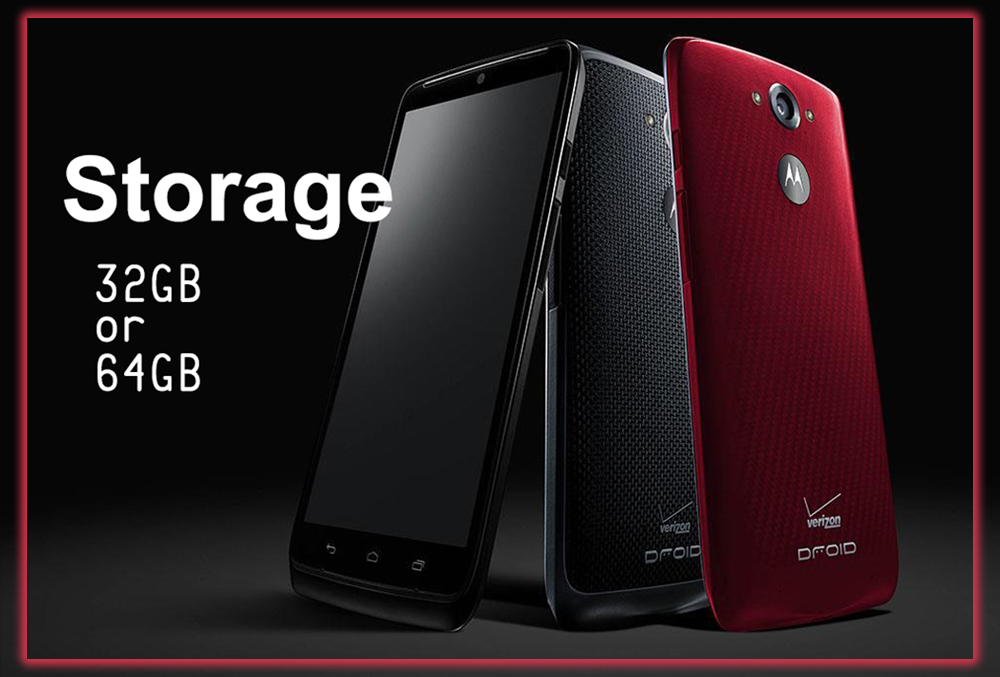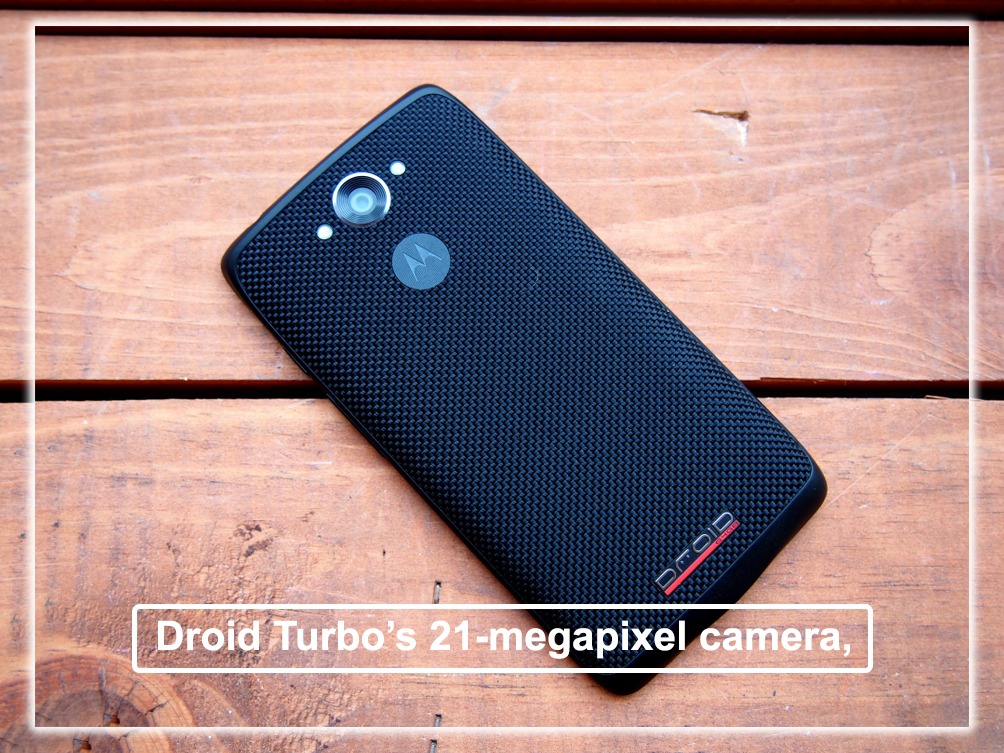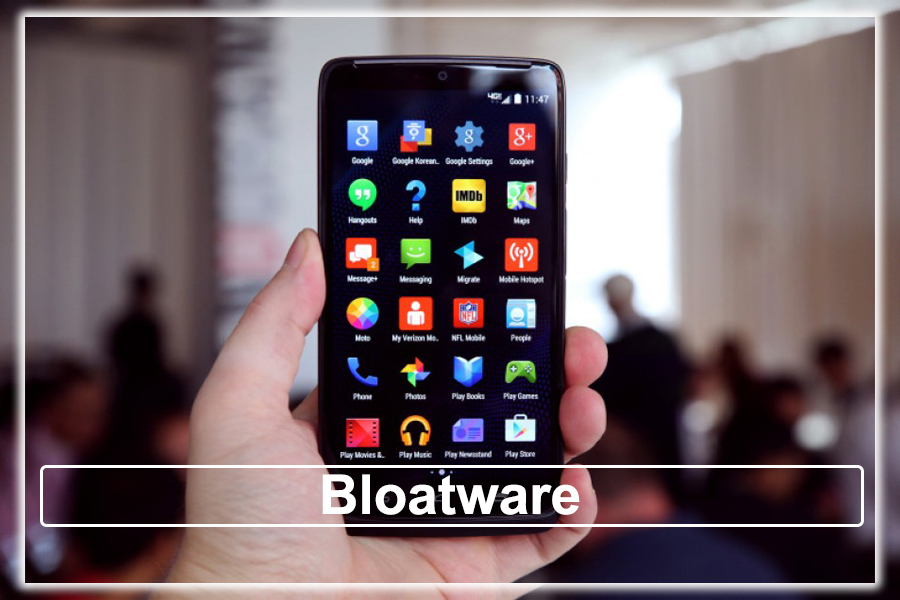Strengths:-
Battery
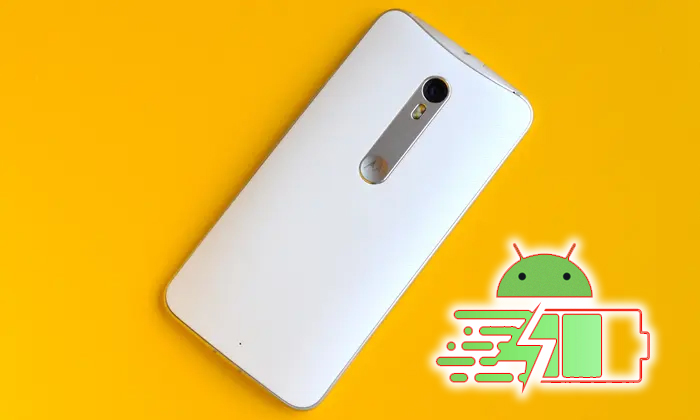
One of the main reasons to get a Droid Turbo is the promised battery life. Which is a massive 3900 mAh battery. That’s almost 70 percent larger than the battery in the year’s version of Motorola’s Moto X. Which, like the Turbo, has a 5.2-inch screen but has a lower resolution. The downside is that the Turbo is big-boned at 169 or 176 grams. Depending on the version, it is noticeably heavier than the Moto X’s 144 grams. But we think the tradeoff is worth it. Motorola has said the big battery offers up to two days between charges. With a mixture of both usage and standby time.
Screen Size

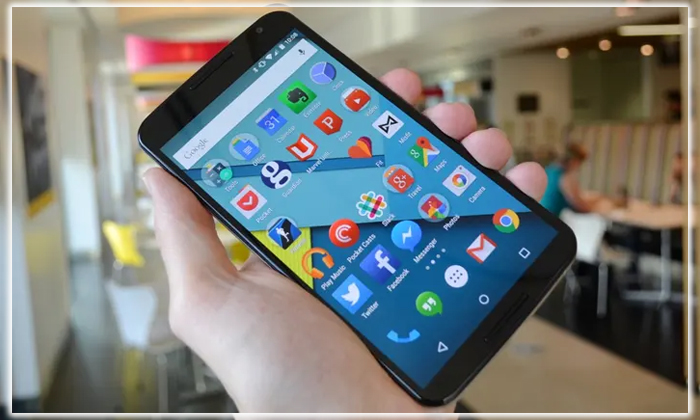
Smartphones with larger screens have been considerable, with products like the recently announced Nexus 6. Which Motorola developed, and Apple’s iPhone 6 Plus. But still want a smartphone that fits in the pocket and is used with one hand. That’s possible with a 5.2-inch screen, which the Droid Turbo has. Also, the device is almost 15 millimeters shorter than the iPhone 6 Plus.
Screen Resolution
The screen on the Droid Turbo has a 2560 by 1440 pixel resolution, also known as QHD. Like the Nexus 6 and the G3 from LG Electronics. Smartphones with QHD screens are still rare. But in the coming year, they will likely become much more common on high-end models. Anyone questioning the higher resolution’s attractiveness can look at LG’s shipments during the third quarter. They reached a record 16.8 million, thanks partly to sales of the G3.
Processor
The Droid Turbo’s Snapdragon 805 is becoming the comprehensive factor standard on expensive smartphones. It offers better performance across the board compared to Qualcomm’s existing Snapdragon 800 processors. Which are used by many high-end smartphones. The Snapdragon 805 lets the Turbo implement carrier aggregation and technology that increases download speeds by combining two channels.
Weaknesses:-
Storage
The Droid Turbo is available with 32GB or 64GB of integrated storage, which is good. Still, there is no microSD card slot for memory expansion, which most competing Android-based products have. The Moto X has an identical drawback, so Motorola, until its acquisition by Lenovo, is final. For some reason don’t think memory expansion is needed on high-end phones. But whatever that reason is, perhaps the easy availability of cloud storage? On-board storage is easier to use and offers better performance; you can’t install native applications in the cloud.
LTE
The Droid Turbo beats Apple’s new iPhones on several hardware specs, but LTE is where Apple comes out on top. The iPhone 6 and 6 Plus Verizon sells 16-b versions compared to five on the Droid Turbo. Making it much less suitable for use abroad. The difference is more significant compared to the 20-b versions Sprint offers. International roaming using LTE is still not widespread. It will become more common during the two-year contract length Droid Turbo buyers are expected to sign. (Xanax)
Cameras
I haven’t had much time to use the Droid Turbo’s 21-megapixel camera. So future reviewers may have more to say about it. Still, the lack of optical image stabilization is a problem. The feature would make taking pictures in the dark easier with one hand. For instance, photo-taking at concerts and sporting events is ubiquitous these days. If it would shoot better videos. The feature has become much more common on expensive smartphones this year. Another camera trend this year has been front cameras with higher resolutions. The Droid Turbo is stuck in the past with a 2-megapixel resolution.
Bloatware

A disadvantage of a smartphone from a mobile operator is the number of applications. The Droid Turbo is no different in this regard. Operators should leave it up to buyers to choose what they want. If the apps are any good, users will find them. Many smartphone vendors have already cleaned up the user interface on their devices. So it’s time to do the same on the application side.
